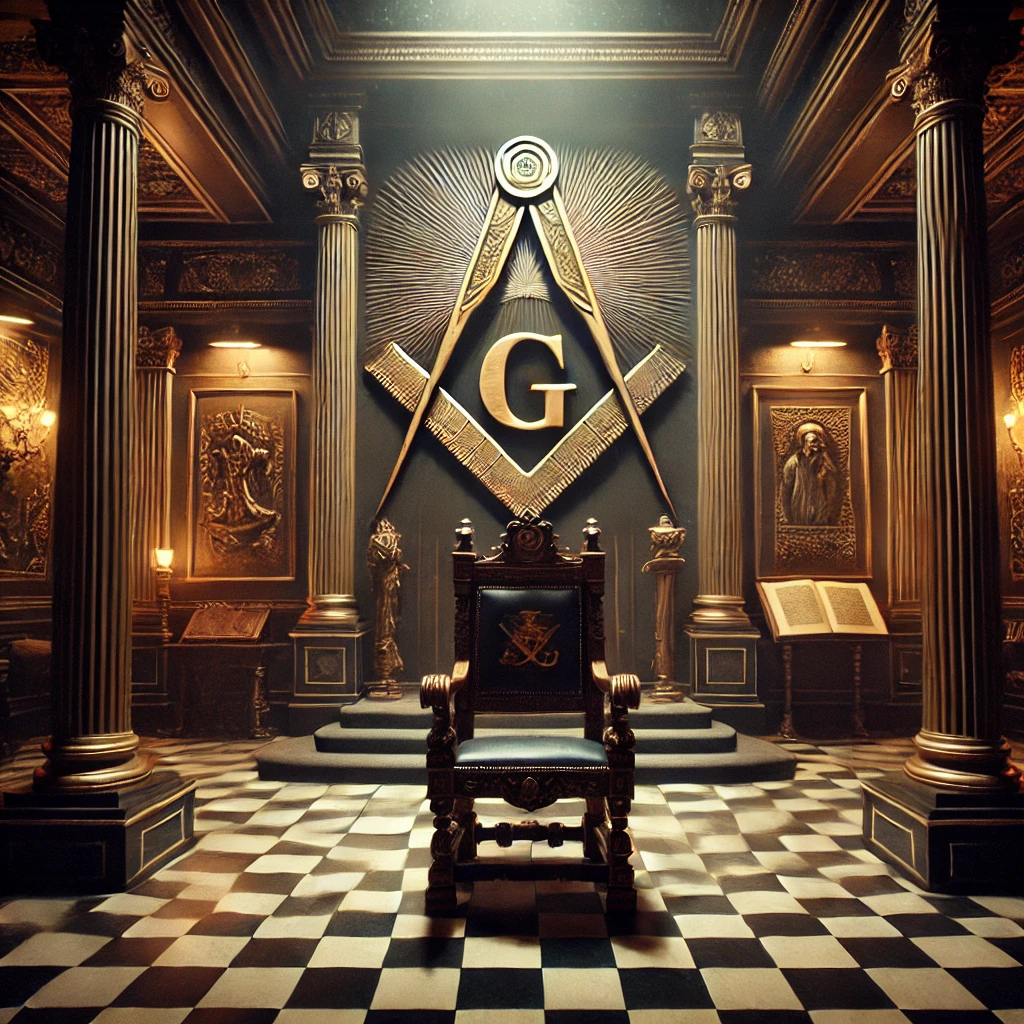Introduction
Freemasonry has long fascinated people with its blend of secrecy, symbolism, and influence. Some see it as a benign fraternal organization, while others weave it into conspiracy theories about global control. Despite the speculation, Freemasonry remains one of the world’s oldest and most widespread secret societies. But what exactly is it, and why does it matter?
Origins and History
Freemasonry traces its roots back to the medieval stonemasons who built cathedrals across Europe. These skilled craftsmen formed guilds to regulate their trade and share knowledge. Over time, these guilds evolved into speculative Freemasonry, attracting intellectuals and elites who sought wisdom beyond their professions. By the 17th and 18th centuries, Freemasonry had transformed into a philosophical and charitable organization.
Core Beliefs and Principles
At its core, Freemasonry is built on principles of brotherhood, morality, and self-improvement. Members are encouraged to seek truth, practice charity, and uphold high ethical standards. The society does not promote a specific religion but requires belief in a higher power. This inclusivity has attracted members from various faiths and backgrounds.
The Lodge System
Freemasons gather in lodges, which serve as local chapters for meetings and rituals. Each lodge operates independently but follows a hierarchical structure under a Grand Lodge. Meetings involve ceremonies, discussions, and initiations for new members. The lodge provides a space for camaraderie and personal development.
Initiation and Degrees
Freemasonry is structured around a system of degrees, each representing a stage of enlightenment. The three primary degrees are Entered Apprentice, Fellowcraft, and Master Mason. Initiation rituals involve symbolic teachings that guide members through moral and philosophical lessons. Higher degrees exist within appendant bodies like the Scottish Rite and York Rite.
Symbols and Their Meanings
Freemasons use an extensive system of symbols to convey their teachings. The Square and Compasses symbolize morality and wisdom. The All-Seeing Eye represents divine guidance and enlightenment. Other symbols, like the apron and pillars, hold deeper esoteric meanings tied to ancient traditions.
Influence on Society
Freemasonry has counted among its ranks influential figures from politics, science, and the arts. Notable Freemasons include George Washington, Benjamin Franklin, and Winston Churchill. The fraternity has played a role in historical events, from the American Revolution to the Enlightenment. Despite its secretive nature, it has contributed to democratic ideals and intellectual discourse.
Conspiracy Theories and Criticism
Freemasonry has been the subject of countless conspiracy theories, from controlling world governments to orchestrating major events. Critics argue that its secrecy breeds suspicion and potential elitism. Some religious groups oppose Freemasonry, claiming its beliefs conflict with their doctrines. However, most of these accusations lack credible evidence.
Freemasonry and Religion
Although Freemasonry requires belief in a Supreme Being, it does not align with any specific religion. Members from different faiths coexist, focusing on moral teachings rather than theology. Some churches, particularly the Catholic Church, have condemned Freemasonry, citing concerns about conflicting ideologies. However, many Masons argue that their fraternity complements rather than opposes religious beliefs.
Women and Freemasonry
Traditional Freemasonry has historically excluded women from membership. However, separate organizations like Co-Masonry and the Order of the Eastern Star allow female participation. These groups follow similar principles but remain distinct from mainstream Freemasonry. The debate over gender inclusion continues within Masonic circles.
The Decline and Future of Freemasonry
Membership in Freemasonry has declined in recent decades, particularly in Western countries. Societal changes, shifting interests, and a decline in fraternal organizations have contributed to this trend. Some lodges have adapted by embracing technology and modern outreach efforts. Whether Freemasonry will experience a resurgence remains uncertain.
Conclusion
Freemasonry remains an enigmatic institution, blending history, philosophy, and camaraderie. While it has been the subject of myths and controversies, its core principles emphasize personal growth and ethical living. Understanding Freemasonry requires separating fact from fiction and appreciating its contributions to society. Whether viewed as a secretive brotherhood or a misunderstood fraternity, its legacy endures.




